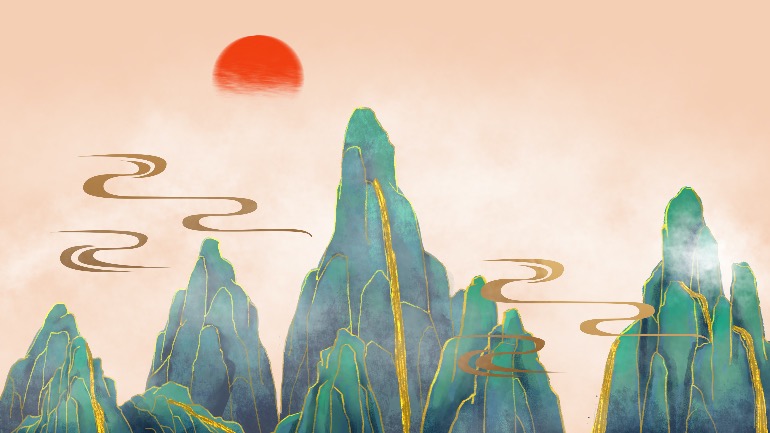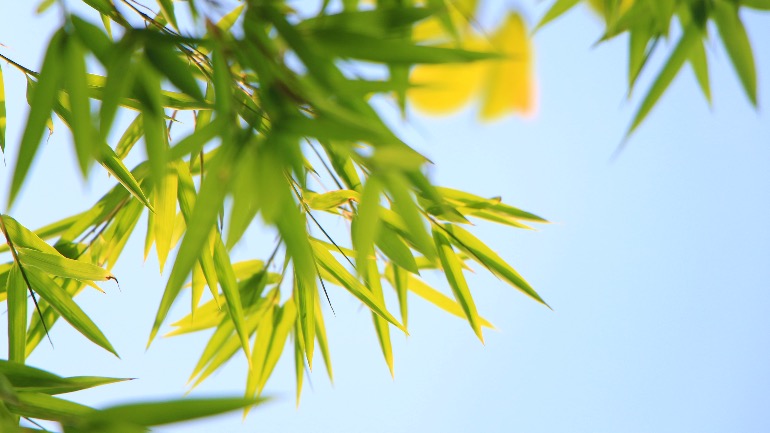Patrul Rinpoche had said that absent genuine renunciation and bodhicitta, if one were to do a nine-year retreat and cut off all associations with others to practice the Great Perfection full-time, one would not even sow the seed of liberation, let alone other achievements. How terrible not having generated renunciation and bodhicitta! What use is there for other practices when not even the Great Perfection can sow the seed of liberation? Therefore, making the choice of motivation should never be taken lightly.
WORDS OF WISDOM
Buddhism holds that a glass of water seen by sentient beings of the six realms will manifest six different phenomena, respectively. By the same token, beings of the six realms will see six different worlds, somewhat like the idea of the multiverse.
- Quote from The Right View, "Buddhism—the Definition"
To be a Theravada practitioner, the first requisite is having unshakable renunciation—complete distaste for worldly fulfillments and whole-hearted pursuit of liberation from samsara.
People now enjoy a more prosperous material life than at any time in the past, but they are also under greater pressure than ever before. Intense stress and competition have already pushed us toward the brink of collapse. We truly need the Dharma! Only with meditation practice can we help ourselves and others.
- Quote from Are You Ready For Happiness? Don't Let the Paper Tiger Scare You Off, "Taming the Mind as in Taming the Elephant"
In the view of Mahayana, the Nirmanakaya (Emanation Body) and the Sambhogakaya (Bliss Body) are the manifestations of the Buddha in order to liberate ordinary people and bodhisattvas of the first to the tenth bhumi, respectively. The Nirmanakaya is for the Buddha to communicate with ordinary people. Although Buddha-nature exists within the mind of every sentient being, the Dharmakaya (Truth Body) of the Buddha is rendered powerless to those who have not attained realization and thus must rely on the Nirmanakaya and the Sambhogakaya of the Buddha for guidance to enlightenment. However, neither the Nirmanakaya nor the Sambhogakaya is the true Buddha, only the Dharmakaya, the union of wisdom and compassion, is.
- Quote from The Right View, "Buddhism—the Definition"
Although we have not committed killing or stealing in this life and, being Buddhist practitioners, we often chant mantras, meditate and liberate animals, these virtuous actions are still the doings of defiled mortals. Once strong anger arises in our minds, all our virtuous karma so far accumulated will be destroyed instantly if the merit has not been dedicated. Besides, the roots of virtue of ordinary people are not stable— being good now does not mean staying good forever. If we were to have the powers of divination, we would be able to see all of our negative karma being stored in the alaya consciousness. Without repentance, the ensuing retributions will surely take place. Then it will exactly match the nihilists’ view, i.e., causality does not exist, such that one may lead a virtuous life but still drop to the lower realm after death. That would be a dangerous view for us Buddhists. Thus, we must repent all our negative karma as all of them can be purified through true penitence.
Despite the fact that we still need to go to work, it is altogether possible that we can cultivate compassion and renunciation at the same time. These endeavors are not contradictory since there are ways for us to turn ordinary activities, which normally are not altruistic, into actions that benefit other beings.
Mutable karma. Since the strength of this karma, virtuous or not, is weak, it will likely not cause any effect when met with a counteracting condition. For negative karma to become mutable, we must bring forth this counteracting condition, i.e., repentance. According to the Mahayanabhidharma-sangiti-shastra, the way to turn all evil karma committed since beginningless time into mutable karma is to repent and vow never to commit again. To repent past wrongdoings and resolve never to repeat again are the two key elements to turn immutable into mutable karma.
If you want to be a true practitioner, you should set aside at least an hour each day to practice. The specific practice is as follows: with your body in the sevenfold meditation posture of Vairochana, first take refuge, then generate bodhicitta, lastly enter into contemplation. For most people, the practice of no-self begins with examining one’s own body, not the world outside. Using the method described earlier, the body can be successively broken down into its parts until it is reduced to emptiness; this is a relatively simple method. Next examine the mind which likewise can be reduced to an instant. In Madhyamaka and tantra, this practice is known as mind watching mind; once the mind calms down, it will notice the mind actually does not exist and is fundamentally empty.











